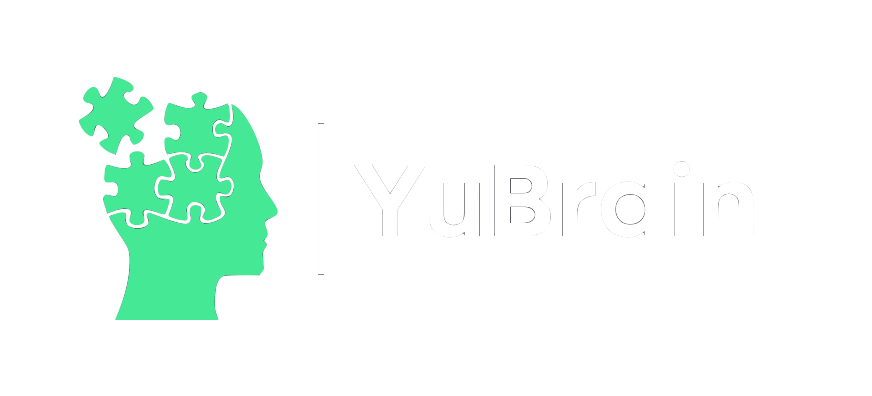Tabla de Contenidos
The DNA molecule contains the instructions to form, maintain, and regulate a living thing. These instructions are carried out by proteins, which are formed from two processes: transcription and translation .
During transcription, fragments of DNA necessary to synthesize certain proteins are copied. The resulting copy is messenger RNA (mRNA). This mRNA carries information in the form of groups of three nucleotides or triplets called codons, which determine which amino acids will form part of the protein to be synthesized ( amino acids are the molecules that make up proteins ). These codons are organized in the genetic code.
the genetic code
The genetic code is the “language” that allows translation, that is, the mechanism by which information copied from DNA, that is, to mRNA, is interpreted and from which new proteins are formed .
The existence of codons was raised by George Gamow, who proposed that the 20 amino acids that make up proteins are formed only from three nitrogenous bases, in which the possible combinations would be 64 amino acids.
Thus, the genetic code consists of 64 combinations of codons and the corresponding amino acids . There are 61 codons that code for amino acids and three codons that determine the completion of the formation or synthesis of the new protein.
Properties of the genetic code
- The genetic code is degenerate and redundant. Considering that only 61 codons code for 20 amino acids, it was clear to the researchers that there should be more than one codon for most amino acids. For this reason the code is said to be degenerate and redundant. For example, methionine and tryptophan are coded for by a single triplet. Arginine, leucine, and serine are encoded by six triplets. The other 15 amino acids are coded for by two, three, and four triplets.
- The genetic code is universal. For almost all living things, from bacteria to humans, the genetic code is the same. Some exceptions occur in a few species of bacteria and protists , in which a termination codon for protein synthesis encodes an amino acid. In some yeast species it has also been observed that a codon codes for a different amino acid than that established in the genetic code.
- The genetic code is not superimposed. A nucleotide is only part of one codon, indicating that the genetic code does not have overlaps. This is evidenced by observing that a certain amino acid can be preceded or followed by any of the other amino acids that exist. If two successive codons shared nucleotides, a given amino acid could only be preceded or followed by at most four other amino acids.
- The genetic code can be altered by the addition or loss of nucleotides. If a nucleotide is added to the sequence in the mRNA, all amino acids are changed from that point on. The same happens if a nucleotide is missing from the sequence. If the addition or loss is three nucleotides or a multiple of three, one or more amino acids are added to the amino acid sequence of the protein being formed.
The complete genetic code is presented below.
codons and protein synthesis
When a new protein is to be made, an organelle called a ribosome is attached to the mRNA molecule. There, the codons that make up the mRNA join with different transfer RNA molecules, which each carry a specific amino acid and a complementary sequence to each codon, called an anticodon. As different tRNAs leave the amino acids they carried in the ribosome, they come together and form the new protein.
Sources
Curtis, H., Barnes, N.S., Schnek, A., Massarini, A. Biology . 7th edition. Editorial Médica Panamericana., Buenos Aires, 2013.



